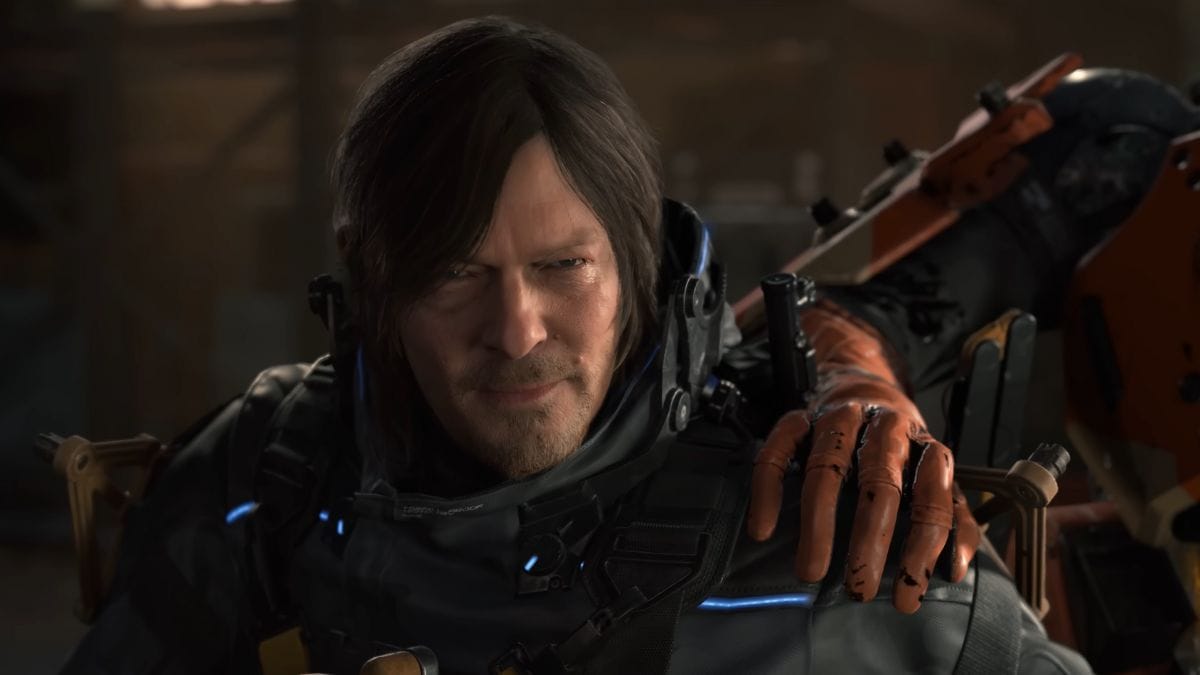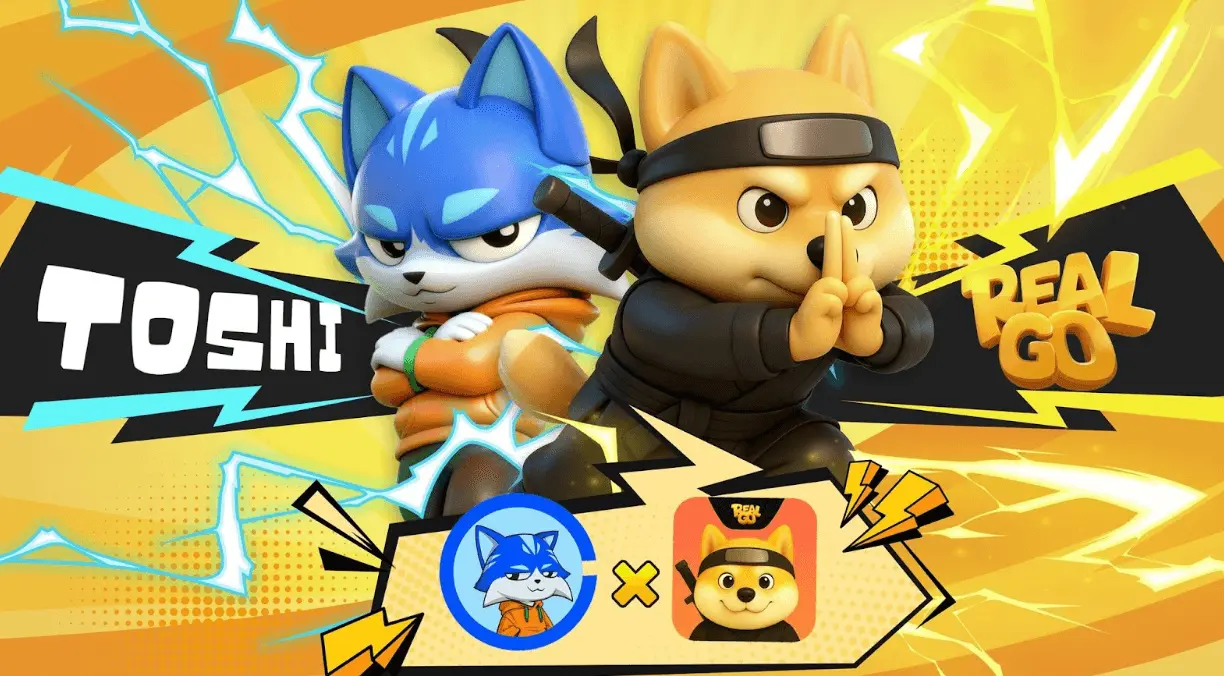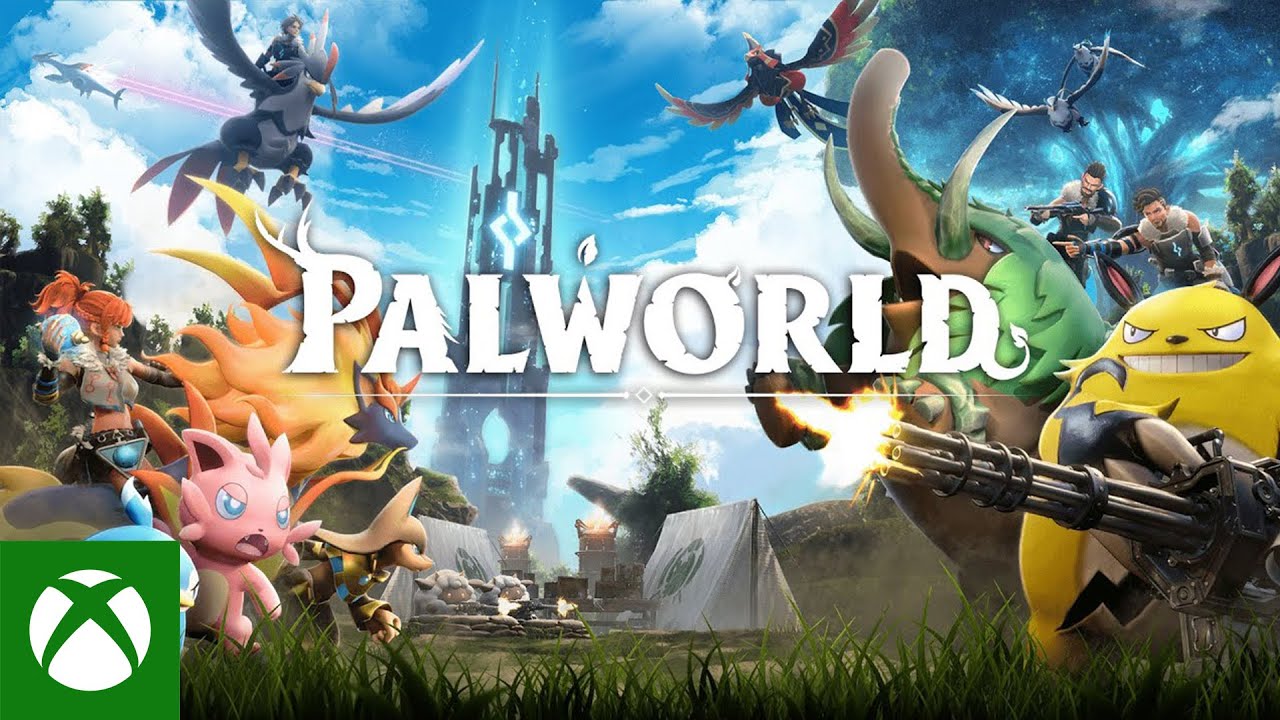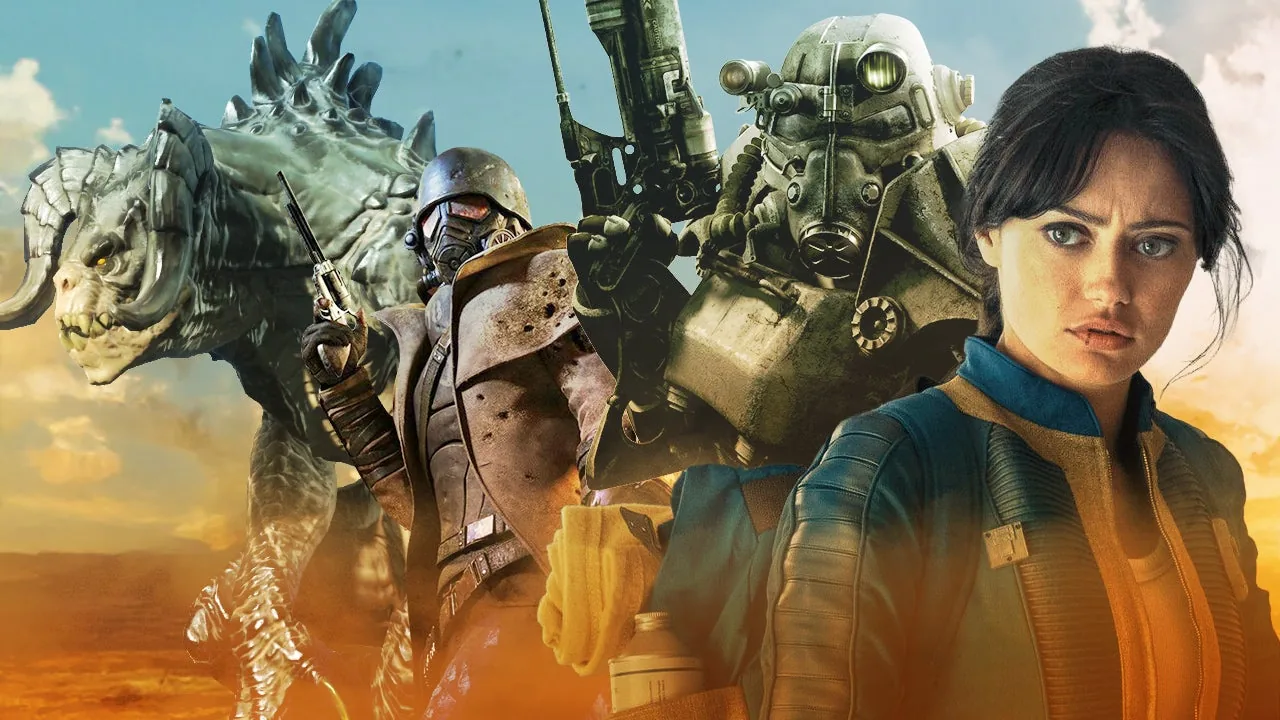Key Takeaways
- On the Beach drastically improves gameplay pacing and stealth-action mechanics without sacrificing Kojima’s signature storytelling.
- The cinematic influences and atmospheric soundtrack make it one of the most emotionally and visually compelling games on PS5.
- Kojima tackles themes of connection, identity, and digital existentialism with more clarity and maturity than ever before.
Hideo Kojima’s Death Stranding 2: On the Beach isn’t just a follow-up—it’s a full-scale evolution. With Norman Reedus returning as Sam Porter Bridges, players traverse a hauntingly beautiful version of Australia while confronting a narrative as complex and emotional as it is strange. This sequel retains the philosophical core of its predecessor while introducing substantial improvements in gameplay, pacing, and cinematic delivery.
Evolved Gameplay With Cinematic Stealth and Combat
One of the most impressive upgrades in Death Stranding 2 is the combat system. The stealth mechanics feel more dynamic, thanks to new tools like tranquilizer sniper rifles and customizable perks. Whether launching a drone puppet named Dollman or barreling through enemy camps in a machine gun-equipped off-roader, combat is far more engaging this time around. Boss battles, especially against the likes of Higgs, played operatically by Troy Baker, are thrilling cinematic set-pieces, further elevating the action.
The game also introduces a streamlined progression system. Players can now tailor Sam’s skills—whether you favor stealth, firepower, or environmental navigation. The reward structure is tight and rewarding, giving just the right amount of new tools to keep the gameplay loop fresh across its 30+ hour runtime.
Also read:Fortnite x Superman Collab: How to Unlock the New Superman Skin and Rewards
A World Teeming With Artistry and Emotional Depth
Kojima’s love of cinema bleeds into every pixel of On the Beach. References to Interstellar, The Road Warrior, and Pulse are visual and thematic touchstones. The art direction, powered by Guerrilla Games’ Decima Engine, allows for vast red deserts, eerie monsoons, and surreal city ruins. The characters, brought to life by incredible motion-capture performances, feel deeply human—even when they’re spouting cryptic lines about extinction events and digital ghosts.
The soundtrack is masterfully curated, using music by Low Roar, Ludvig Forssell, and Woodkid to underscore both emotional highs and desolate solitude. It’s a rare AAA title that allows for moments of introspective quiet, with gameplay and music harmonizing like a road trip movie composed in real time.
A Story That Reflects, Connects, and Challenges
Thematically, Death Stranding 2 doubles down on Kojima’s obsession with connection. While the first game asked how we connect, the sequel questions why. The introduction of the Corpus system helps new players catch up on terminology, but the true heart of the story lies in its emotional beats—grief, legacy, and human expression in a world ruled by digital interfaces. It even takes a meta turn, reflecting Kojima’s own history and philosophical musings post-Metal Gear
A Masterclass in Creative Ambition
Death Stranding 2: On the Beach is a triumph of bold, artistic game design. It’s weird, heartfelt, thrilling, and, above all, original—a rarity in blockbuster gaming.
Disclaimer: The information in this article is for general purposes only and does not constitute financial advice. The author’s views are personal and may not reflect the views of GameDegen.com. Before making any investment decisions, you should always conduct your own research. GameDegen.com is not responsible for any financial losses.




